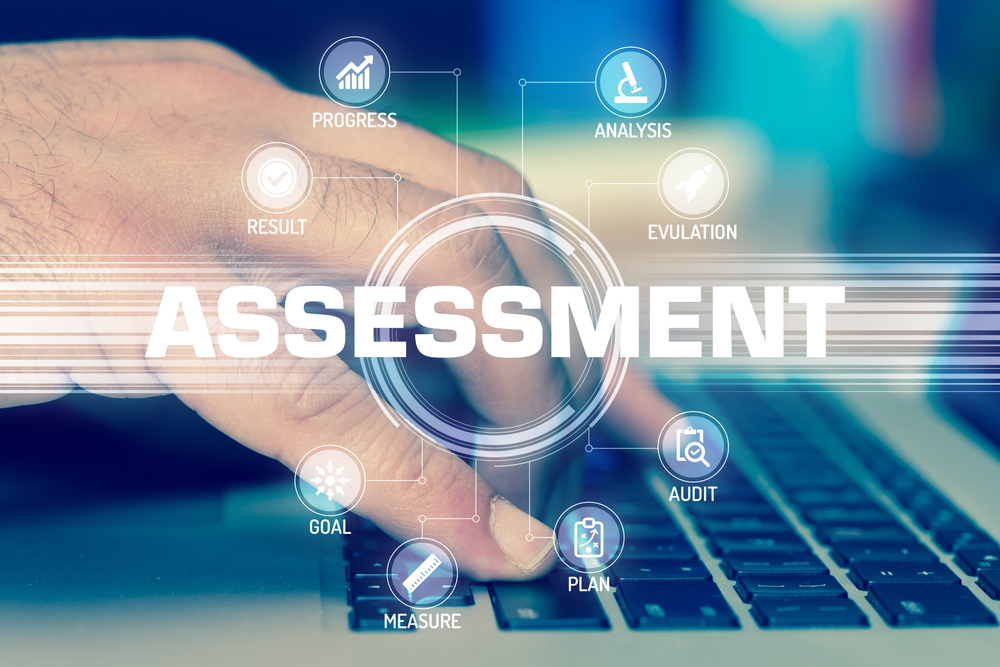Cybersecurity
Anatomy of a Network Health Assessment

Monitoring the health of your network is an essential part of maintaining business continuity and productivity. Similar to a routine checkup with your physician a Network Health Assessment ensures that your business goals are appropriately aligned with the technology required to meet those goals.
So what is a Network Health Assessment and what does it entail?
A comprehensive Network Health Assessment takes anywhere from four to six weeks and is typically managed by a senior engineer who oversees the process and then reports on the status of the network. The process involves a series of assessments on network components which include the following:
- Network Servers: A network server assessment ensures potential problems are identified before they become a major issue. This phase of the assessment determines overall network health and checks for error reports.
- Workstations: Workstations are an essential part of day to day network processes. An assessment of workstation health includes a comprehensive examination of all hardware and software and includes a checklist of notes for necessary cleanup.
- Power Systems: Routine power systems assessments are essential for ensuring the ongoing functioning of critical network components. This step of the Network Health Assessment checks for any problems in the power system so recommendations can be made for repair or replacement.
- Email and Messaging: Routine checkups of company email and messaging systems help to promote business continuity and productivity. Assessment of these components ensures the best practices are applied when it comes to email security and proper functioning of email clients.
- Network Security: An assessment of network security involves a review of patching processes, intrusion detection systems, firewalls, anti-virus and anti-malware applications, and other layers of protection which exist within the infrastructure.
- Remote Access: If your company employs remote workers it is important to assess the security of the equipment for those who are authorized to use it. Remote access involves Virtual Private NetworksVirtual Private Networks and other forms of secure communications which can easily be compromised if they are not maintained.
- Antivirus and Anti-Malware: The latest definitions for anti-virus and anti-malware applications are critical to network security. A comprehensive assessment involves a review of these applications to ensure the latest versions are being used, security updates have been performed, and the latest definitions have been loaded into the applications.
- Printers: Printers are an essential part of a Network Health Assessment since it is necessary to maintain the drivers, internal components, and configurations. Routine assessments of your printer guarantee ongoing business productivity.
Finally, a Network Health Assessment also includes an overall review of network management, maintenance, and monitoring to determine if any modifications are necessary in the strategies being used for these processes. This guarantees that your networks continue to run smoothly and free of IT issues.
If your company is in need of a Network Health Assessment, contact Thrive for a comprehensive evaluation by our network engineers.
